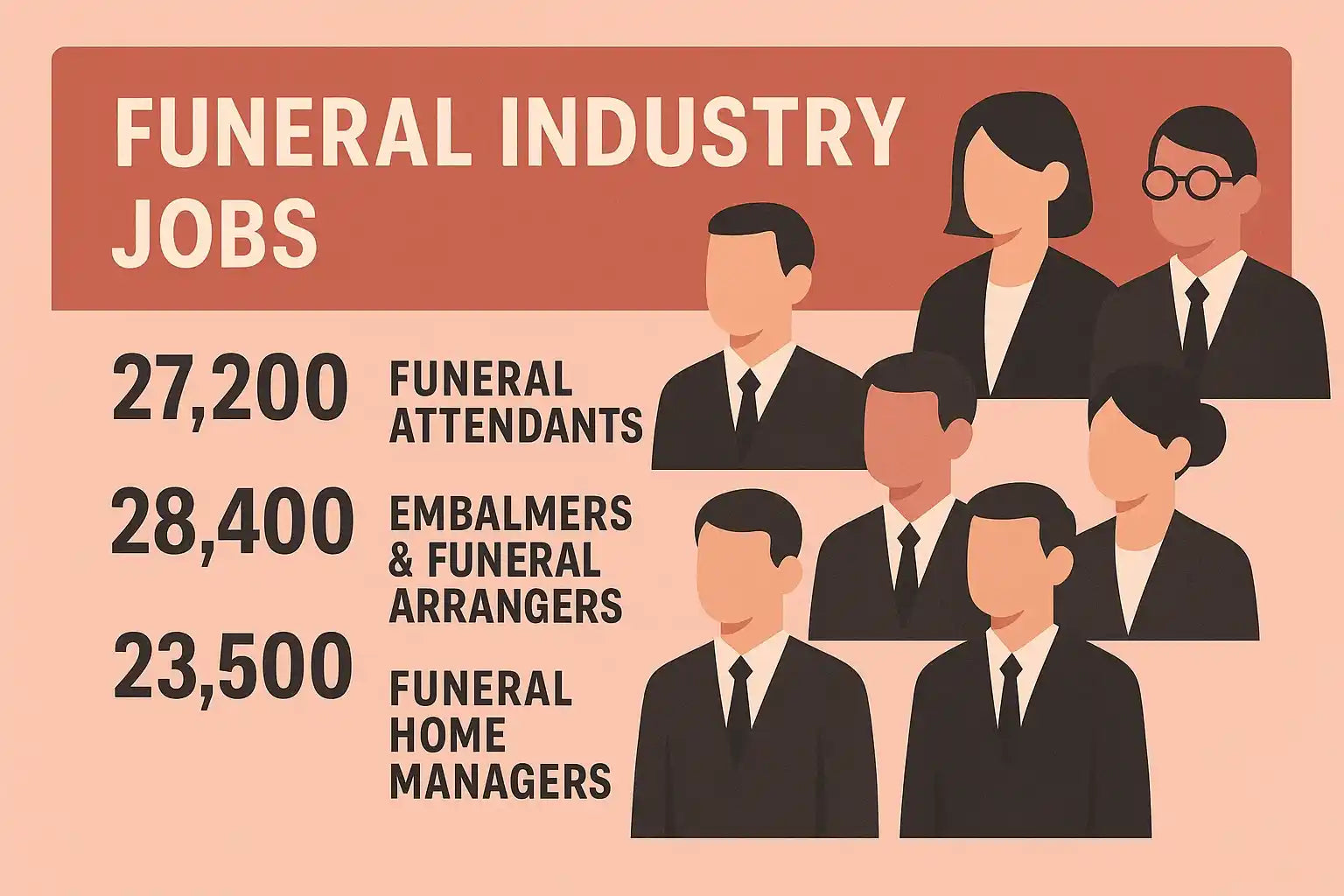In 1963, Jessica Mitford’s exposé "The American Way of Death" challenged the status quo of the American funeral industry. Revealing hidden exploitative practices and prompting a reevaluation of industry standards, this seminal work not only influenced regulatory frameworks but profoundly shifted consumer attitudes and behaviors regarding funeral services. This article explores the depth of Mitford’s investigative journalism, the ensuing industry changes, and its continued relevance in today’s practices.
Background and Mitford's Motivation
Driven by curiosity and encouraged by her husband, Robert Treuhaft, Jessica Mitford delved into the opaque practices of the funeral industry. Her investigative journey began with small-scale exposes but gained significant traction with the publication of her book, which unveiled the extortionate costs families faced for cemetery headstones, upright monuments, and granite memorials, exploiting their most vulnerable moments.
The Exposé and Its Revelations
Mitford’s investigation exposed funeral directors’ practices of capitalizing on grief, pressuring families into purchasing expensive custom engraved headstones and luxury cemetery markers. She illuminated the industry's lack of transparency, especially in the hidden costs associated with services such as flat grave markers and headstone designs. This critique showcased the unnecessary markups that burdened consumers, revealing a system ripe for reform.
"The American Way of Death" triggered a vehement reaction from both the public and funeral industry professionals. The detailed insights into funeral homes’ pricing strategies revealed significant markups on essential services, leveraging emotional distress for profit. The public's outcry led to a critical examination of these practices, setting the stage for regulatory reforms aimed at protecting consumers.
Regulatory Changes and Consumer Protection
The Federal Trade Commission (FTC) responded to Mitford’s findings by implementing the Funeral Rule in 1984. This regulation mandated transparency, requiring funeral homes to provide itemized price lists, thereby empowering consumers to select only necessary services. This significant change curbed the sales of overpriced funeral packages and brought transparency to the pricing of cremation monuments and memorial services, fostering a fairer marketplace.
The revelations in Mitford’s book led consumers to demand more transparency and seek cost-effective alternatives, shifting industry dynamics. This consumer-driven change led to the diversification of funeral service offerings, including more personalized and affordable options like direct cremations and green burials. The industry also saw the rise of digital platforms that allowed for price comparisons and service customizations, reflecting a shift towards more consumer-centric practices.
Criticisms and Balancing Traditions with Modern Practices
While Mitford’s critiques were instrumental in reforming exploitative practices, they also sparked debates about the emotional and cultural significance of traditional funeral rituals. Critics argued that her work might have overlooked the therapeutic aspects of these traditions. In response, the industry has striven to balance respect for traditional practices with the need for transparency and fairness in service offerings.
Decades after its publication, "The American Way of Death" continues to resonate within the funeral industry, influencing ongoing debates about ethical practices and consumer rights. Mitford’s legacy is evident in the industry's increasing shift towards sustainability and the adoption of technology, ensuring that funeral practices are not only respectful and meaningful but also environmentally conscious.
Conclusion
Jessica Mitford’s work remains a cornerstone for understanding the funeral industry. Advocating for transparency and consumer rights, her efforts have inspired lasting changes that continue to shape how funeral services are conducted, ensuring they are performed with dignity and integrity. As the industry evolves, the principles Mitford championed guide a more ethical approach, making her work as relevant today as it was over fifty years ago.


